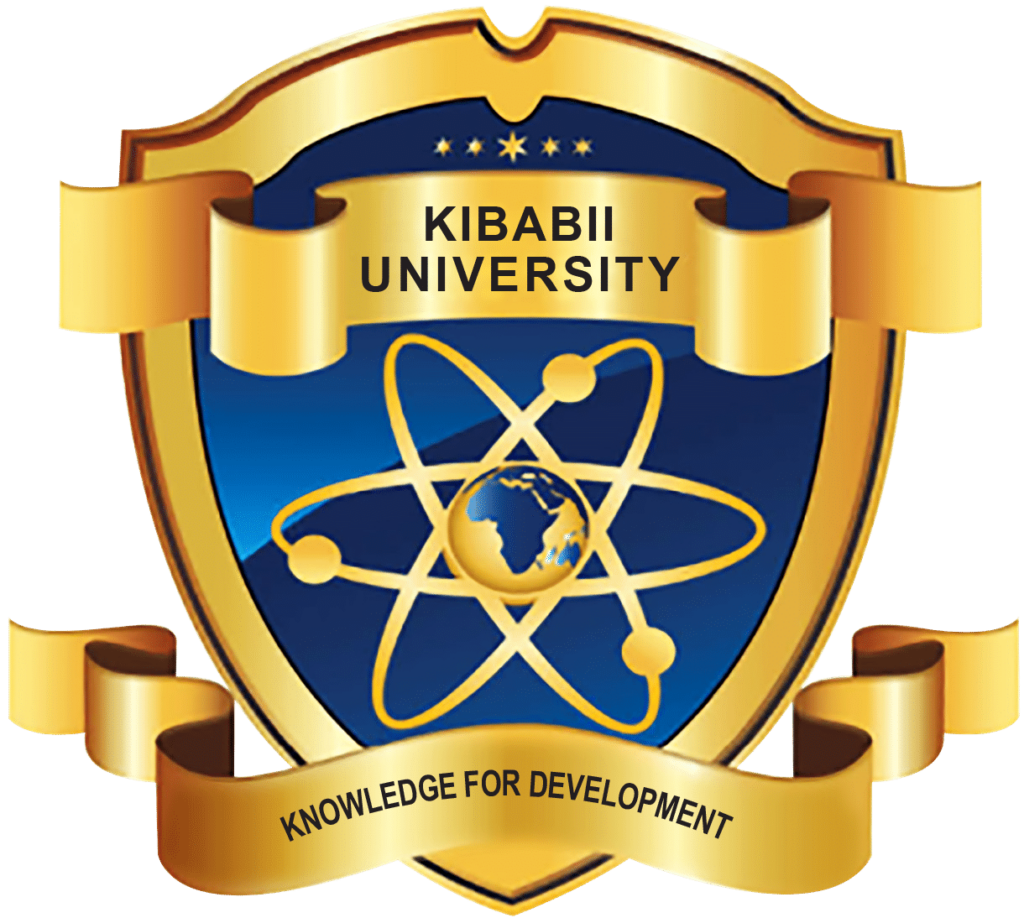THESIS TITLE: Human Computer Interaction Framework for Visually Challenged Students in Kenyan Public Universities
Student Name: Savatia Edward Mahanga
Supervisors:
- Anselemo P. Ikoha
- Simon M. Karume
ABSTRACT
Kenyan public universities have been admitting students with visual challenge for a long time, yet there has been no time during the period that a study has been undertaken to determine the challenges faced by visually challenged student while using Information and Communication Technologies (ICTs) services provided in these universities. There is growing interest in developing effective strategies for supporting ICT adoption and implementation in Kenya, particularly in educational sector. The visually challenged students in the Kenya public universities face various difficulties in accessing the most needed literature in their area of interest in academics. However the nature of these challenges has neither been investigated fully nor addressed. Visually challenged students in Kenyan public universities are struggling with the problem of accessing information needed for their studies and believe that developing a human computer interaction framework for their use will provide a solution. The study aimed at developing a human computer interaction framework for the visually challenged students in Kenya public universities. To achieve the fore mentioned goal, the study sought to identify specialized ICT application services for use by visually challenged students, establish specialized ICT tools for use by visually challenged student in Kenya public universities, determine the challenges faced by visually challenged students while using ICT application services provided in Kenyan public universities and design a human computer interaction framework for visually challenged students in Kenyan public universities. Descriptive multi-case study was employed. Purposive sampling technique was used where two public universities were selected to provide population size for the respondents and was dependent on the judgment and knowledge of the researcher. The targeted population in the research involved visually challenged students at Kenyatta and Maseno Universities who numbered 48 and 6 respectively. Key informants were 4 ICT experts; 4 guides of the visually challenged students; 2 senior administrators and 10 lecturers from both universities. Simple random sampling was used to obtain the respondents to form the sample. Data was collected using interview schedules, questionnaire and observation. A pilot study was carried out at Kibos High School for the Blind, to ascertain the reliability and validity of the research instrument. Both descriptive and inferential statistics were used for the data analysis. The study was able to come up with human computer interaction framework for accessibility and usability by the visually challenged students at universities to enable them access and use ICT services in their studies. The developed framework will also be able to guide universities management in implementing policies that will help in solving the many challenges faced by visually challenged students in these universities. The output of the research led to the following recommendations; Restructuring of institutional organs serving the visually challenged students. (VCS), effective ICT application services for VCS, acquisition of suitable ICT equipment for use by VCS. Findings for further revealed VCS had many challenges not known the universities management.

